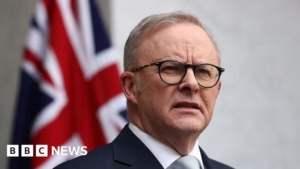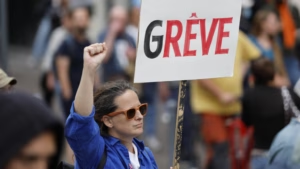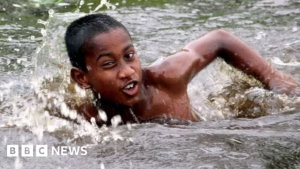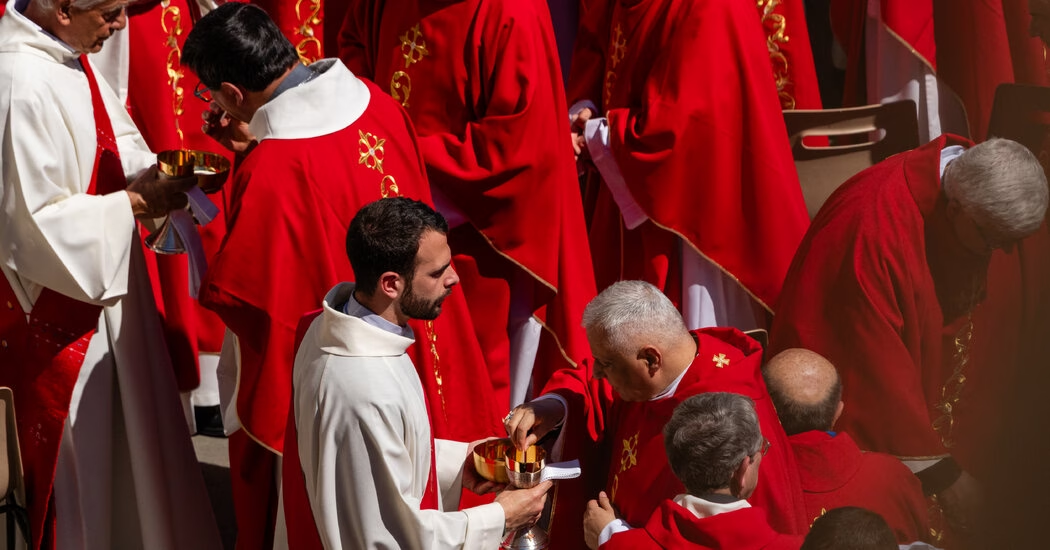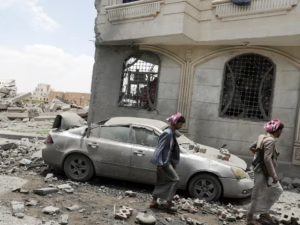In March 2013, Cardinal Jorge Mario Bergoglio of Argentina delivered a four-minute speech at a private meeting in the Vatican prior to the papal conclave. His remarks, envisioning a church that moves beyond its isolated comfort zones and self-referential activities, were well-received. When the cardinals convened at the Sistine Chapel shortly afterwards, they chose him to lead the church, and he became Pope Francis.
This week, following the funeral and burial of Francis, cardinals will begin a series of crucial meetings. These gatherings will provide church leaders, including those considered potential candidates for the papacy, the opportunity to address significant issues facing the church. These discussions started the day after Francis’ death but will now intensify, serving as a brief campaign trail leading up to next month’s conclave. The meetings are a chance for cardinals, particularly those under 80 who can vote, to assess each other’s priorities, agendas, and charisma. The first rule of papal campaigning is not to campaign openly, eschewing self-promotion and overt politicking.
Vatican experts emphasize the transformation that occurs when a cardinal becomes pope. For instance, in 2005, Cardinal Joseph Ratzinger’s strong funeral homily for Pope John Paul II helped him garner momentum, and he emerged from the conclave as Pope Benedict XVI.
At Francis’ funeral on Saturday, Cardinal Giovanni Battista Re, the dean of the College of Cardinals, delivered the homily. Despite being ineligible to vote himself, he used the opportunity to implicitly suggest that the next pope should emulate Francis. In contrast, Francis impressed his peers with his humility and the acuity of his remarks during general congressional meetings. Archbishop Paul Gallagher, the Vatican’s foreign minister and a close aide to Francis, described him as a natural politician who enjoyed politics.
The conclave may begin as early as May 6, and potential candidates face the challenge of winning support without seeking it openly. They must also determine the right message regarding whether to follow, reverse, or advance Francis’ legacy. Many cardinals, appointed by Francis from global locations he referred to as “the peripheries,” will cast their votes, potentially benefiting candidates like Cardinal Luis Antonio Tagle from the Philippines, known as the “Asian Francis.” There are numerous contenders, ranging from progressive to conservative.
Cardinals typically keep a low profile, with allies doing the groundwork, but they cannot remain invisible. Cardinal Pietro Parolin, Francis’ second-in-command and a strong candidate, gave a homily at St. Peter’s Square on Sunday to about 200,000 young people, which was attended by many cardinal electors. He spoke highly of Francis and emphasized the importance of upholding his legacy.
Cardinal Parolin is well-informed about global affairs, understands many cardinal voters, and implemented Francis’ vision with a more measured approach, making him appealing to moderate voters. Additionally, he is Italian, and there is a sense among some Italian and European cardinals that they might prefer a pope from within their own ranks, rather than from the peripheries. While Cardinal Parolin is seen as less confrontational towards the Curia, the Roman bureaucracy, than Francis was, the young people at Sunday’s Mass were more concerned with having a pope who could inspire them and promote inclusion.
Despite speculation, the exact date of the conclave will only be determined by the general congregations.
Source: https://www.nytimes.com/2025/04/28/world/europe/pope-conclave-campaigning.html
